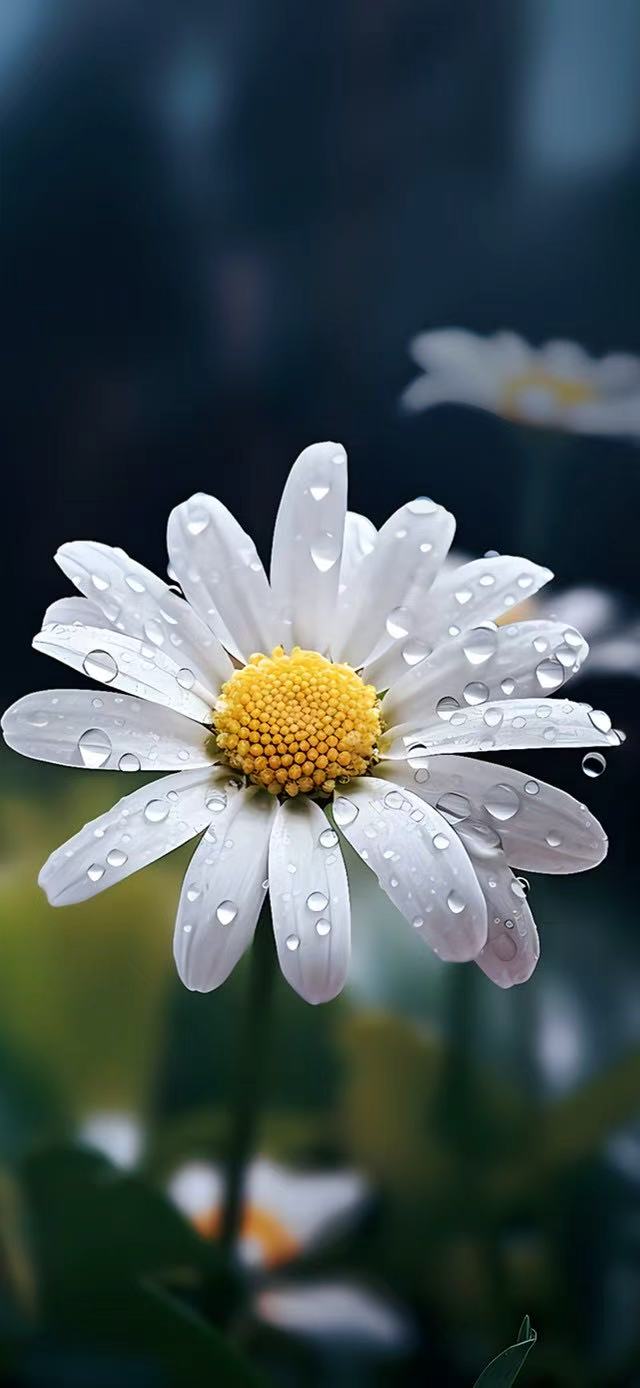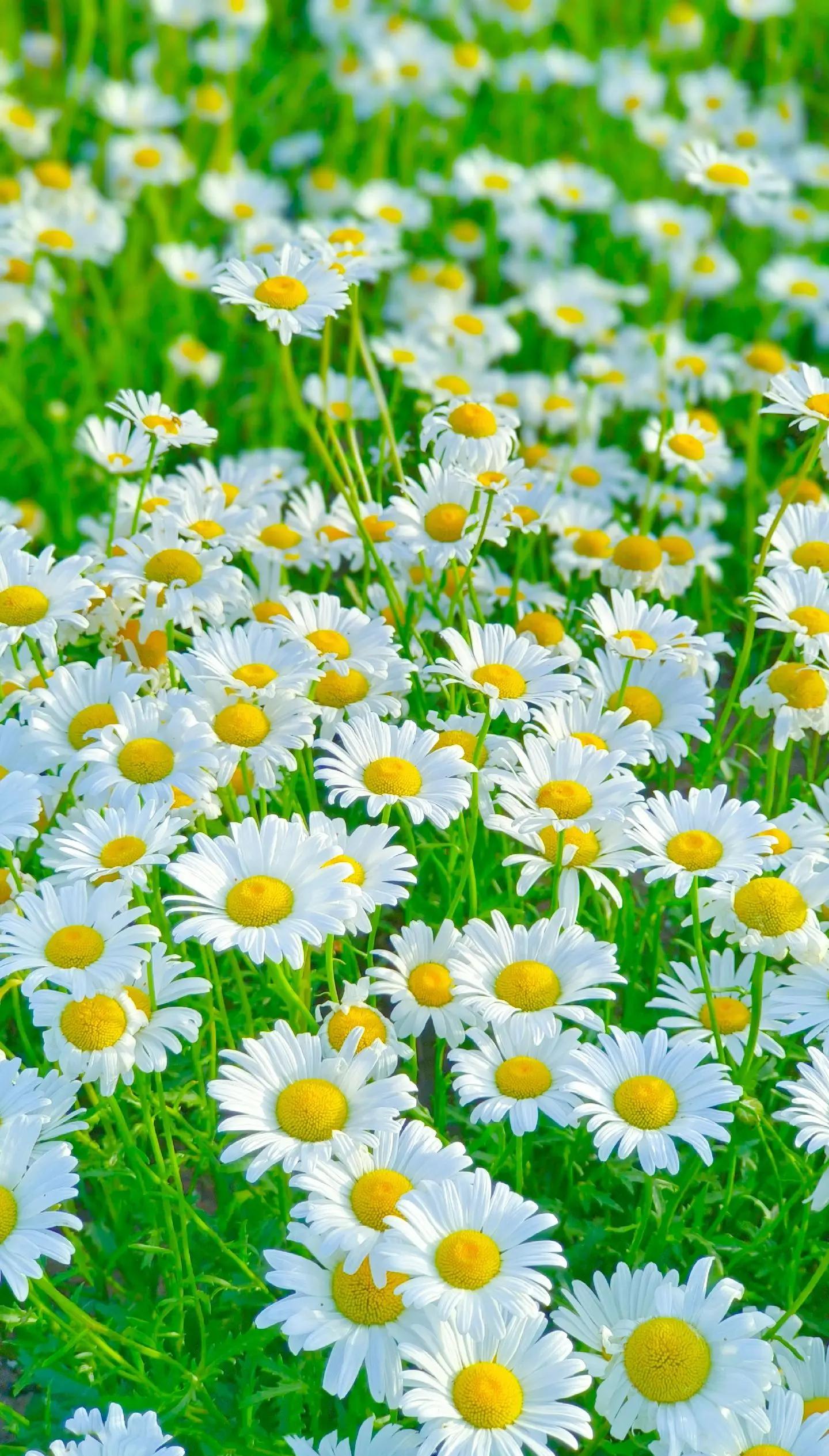Daisies, predominantly belonging to the genus *Bellis* within the Asteraceae family, are small yet enchanting flowers celebrated for their delicate beauty and wide - spread cultural significance. These charming plants, often considered symbols of simplicity and innocence, have found a special place in gardens, meadows, and human culture.
Botanical Characteristics:
Daisies are generally low - growing, herbaceous perennials or biennials. They develop from a basal rosette of leaves, which are usually spoon - shaped or oblanceolate, with smooth or slightly toothed margins. The leaves are relatively small, growing close to the ground, and their texture can range from soft and velvety to slightly leathery.
The flower head of a daisy is a classic example of a composite flower, characteristic of the Asteraceae family. What appears to be a single flower is actually a complex structure made up of two types of florets. The outer ray florets, which form the recognizable “petals,” are typically white, but can also be pink, yellow, or purple. These ray florets are sterile and serve to attract pollinators with their bright colors and simple, symmetrical arrangement. The central disk florets are small, densely packed, and usually yellow, containing the reproductive organs necessary for seed production. Daisy flower heads can range in diameter from about 1 to 6 centimeters, adding to their dainty and endearing appearance.
Cultural Significance:
Throughout history, daisies have carried various symbolic meanings. In many Western cultures, daisies are often associated with purity, innocence, and childhood. Their simple, unassuming beauty evokes a sense of nostalgia and the carefree days of youth. The daisy chain, a popular childhood pastime, further cements its connection to playfulness and the joy of simple pleasures.
In Victorian floriography, the language of flowers, daisies conveyed messages of loyal love, innocence, and new beginnings. They were frequently included in bouquets and floral arrangements to express these sentiments. Additionally, in some folklore and mythologies, daisies were believed to have protective qualities, warding off evil spirits or bringing good luck.
Cultivation and Uses:
Daisies are relatively easy to cultivate, making them a favorite among gardeners of all levels. They thrive in well - drained soil and prefer full sun to partial shade. These hardy plants can tolerate a range of soil types and are quite resistant to pests and diseases. They are often used in cottage gardens, rock gardens, or as edging plants due to their low - growing habit and profuse blooming.
Beyond their ornamental value, daisies also have some practical uses. In herbal medicine, certain daisy species, such as *Bellis perennis* (common daisy), have been used historically for their anti - inflammatory and soothing properties. The flowers and leaves can be made into infusions or poultices to treat minor skin irritations or digestive discomfort, although modern medical use requires further scientific validation. In the culinary world, some daisy petals are edible and can be used to add a decorative and slightly tangy flavor to salads, desserts, and beverages.
In conclusion, the daisy, with its delicate botanical structure, rich cultural symbolism, and versatile applications, remains a beloved flower that continues to bring charm and meaning to gardens, traditions, and everyday life.



